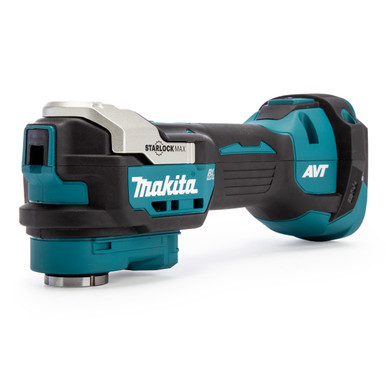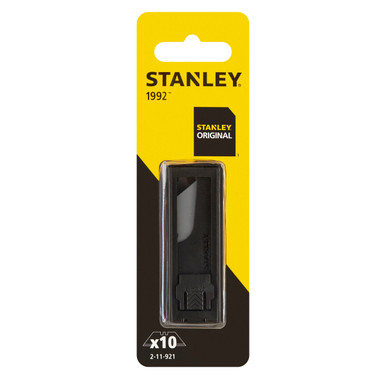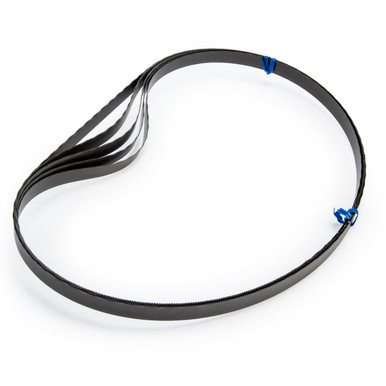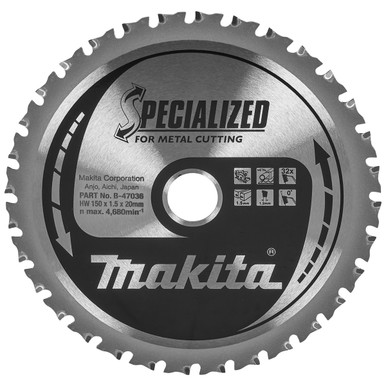Circular and Mitre Saw Blades Buying Guide
Posted by Katy | Toolstop on 5th Aug 2024
This Toolstop Buying Guide has been created to teach you all about Circular and Mitre Saw Blades. We will explain what circular saw blade to use for what job as well as the best mitre saw blades. To find out the best blades for mitre saw and what circular saw blade do i need, keep reading!
Choosing the right blade for your circular or mitre saw is crucial for safety, efficiency, and achieving the desired cut quality. In this Toolstop buying guide, we’ll walk you through everything you need to know about selecting the correct saw blade for your power tool and specific job. From understanding bore size and kerf to the number of teeth and blade material, we’ve got you covered.
Everything You Need to Know About Circular Saw Blades
Bore Size
The bore size is the diameter of the hole in the centre of the blade that fits onto the saw’s arbor. It's essential to match the bore size of the blade to the arbor size of your saw. For instance, a saw with a 30mm bore will require a blade with a 30mm bore. Always refer to your saw's user manual to confirm the correct bore size.
Diameter
The diameter of the blade affects both the depth and type of cut you can achieve. Using a blade that is too large for your saw can interfere with the guard and compromise safety. Check your user manual for the maximum and minimum blade diameters compatible with your saw.
Kerf
The kerf refers to the width of the cut made by the blade. A thinner kerf blade removes less material, resulting in less waste and requiring less power to cut through the material. This makes it ideal for fine, precise cutting applications. However, thicker kerf blades are more durable and better suited for tougher tasks.
Number of Teeth
The number of teeth on a saw blade significantly impacts the cutting speed and finish:
- High Tooth Count: Provides a smoother, cleaner cut and is ideal for fine woodworking, cutting plywood, and laminates
- Low Tooth Count: Cuts faster and is suitable for rough cuts and ripping through lumber
The general rule is that blades with more teeth make finer cuts, while those with fewer teeth are used for faster, rougher cuts.
Saw Blade Material
Most circular saw blades are made from high-speed steel (HSS) or carbide-tipped materials:
- HSS Blades: Inexpensive and good for general-purpose cutting but wear out faster
- Carbide-Tipped Blades: More durable, stay sharp longer, and provide cleaner cuts, making them ideal for professional use
Tooth Configuration
The shape and configuration of the teeth also determine the cut quality:
- Alternate Top Bevel (ATB): Teeth are angled alternately, suitable for cross-cutting and general use
- Flat Top Grind (FTG): Teeth are flat, making them ideal for ripping through wood
- Combination (COMB): A mix of ATB and FTG teeth, versatile for various cuts
- Triple Chip Grind (TCG): Alternates between a flat and a trapezoid tooth, perfect for cutting hard materials like laminates and aluminium
Choosing the Right Circular Saw Blade
For Different Materials
- Wood: Use a blade with fewer teeth for ripping and more teeth for cross-cutting
- Metal: Opt for a carbide-tipped blade designed specifically for cutting metal
- Plastic: A blade with medium tooth count and ATB configuration works best
- Laminate/MDF: A high tooth count and TCG blade provide the best finish
For Specific Cuts
- Rip Cuts: Blades with fewer teeth and FTG configuration
- Cross Cuts: Blades with more teeth and ATB configuration
- Fine Finishing: High tooth count and TCG blades
Setting the Blade Height
Setting the correct blade height is crucial for safety and performance. The teeth should only protrude a few millimeters above the material being cut. This reduces resistance, minimises vibration, and ensures a cleaner cut.
Choosing the right circular or mitre saw blade depends on understanding your saw’s specifications and the material you’re cutting. By considering factors like bore size, diameter, kerf, number of teeth, and tooth configuration, you can ensure optimal performance and safety. For a wide selection of circular saw blades, visit our circular saw blades category.









